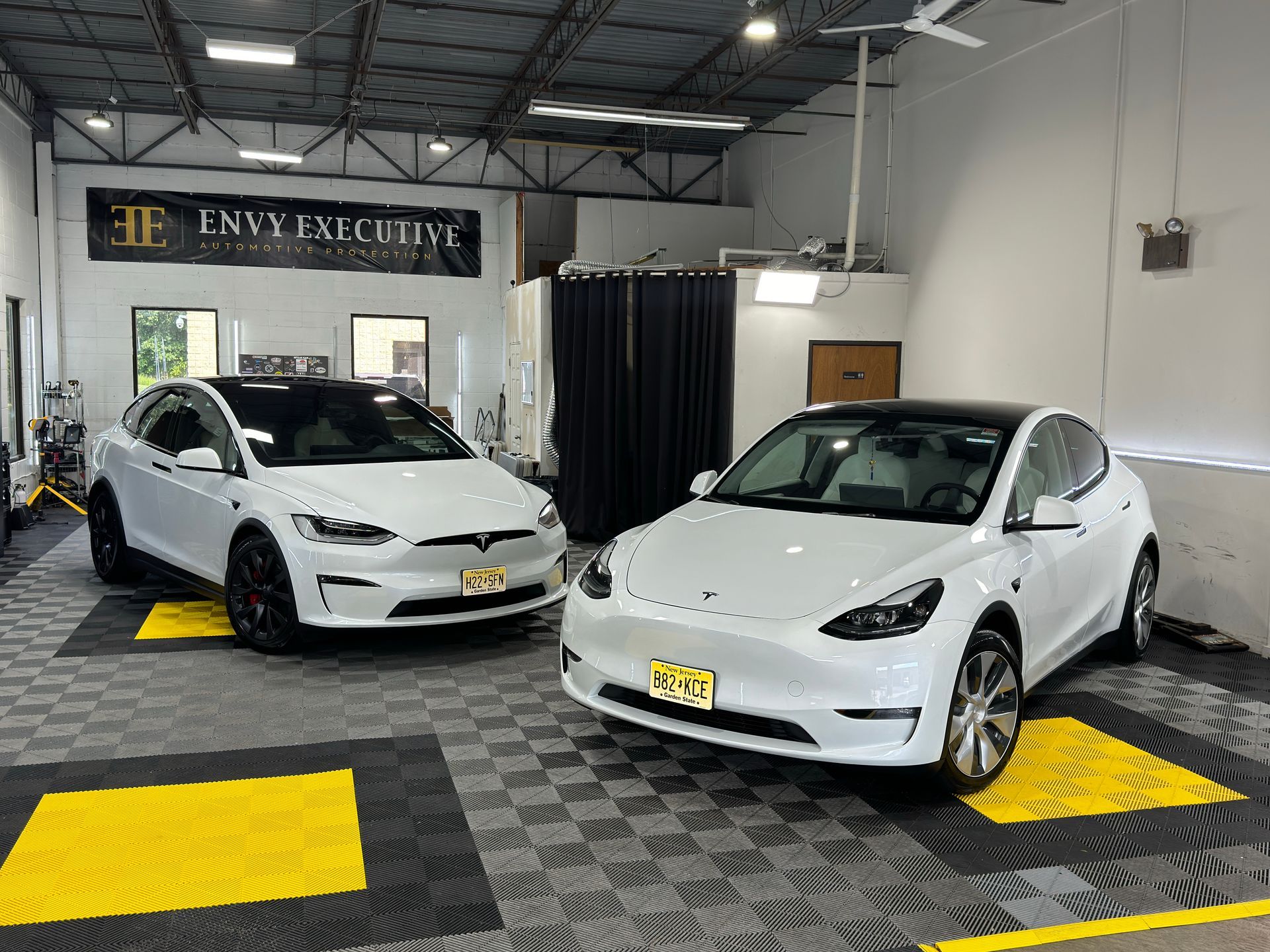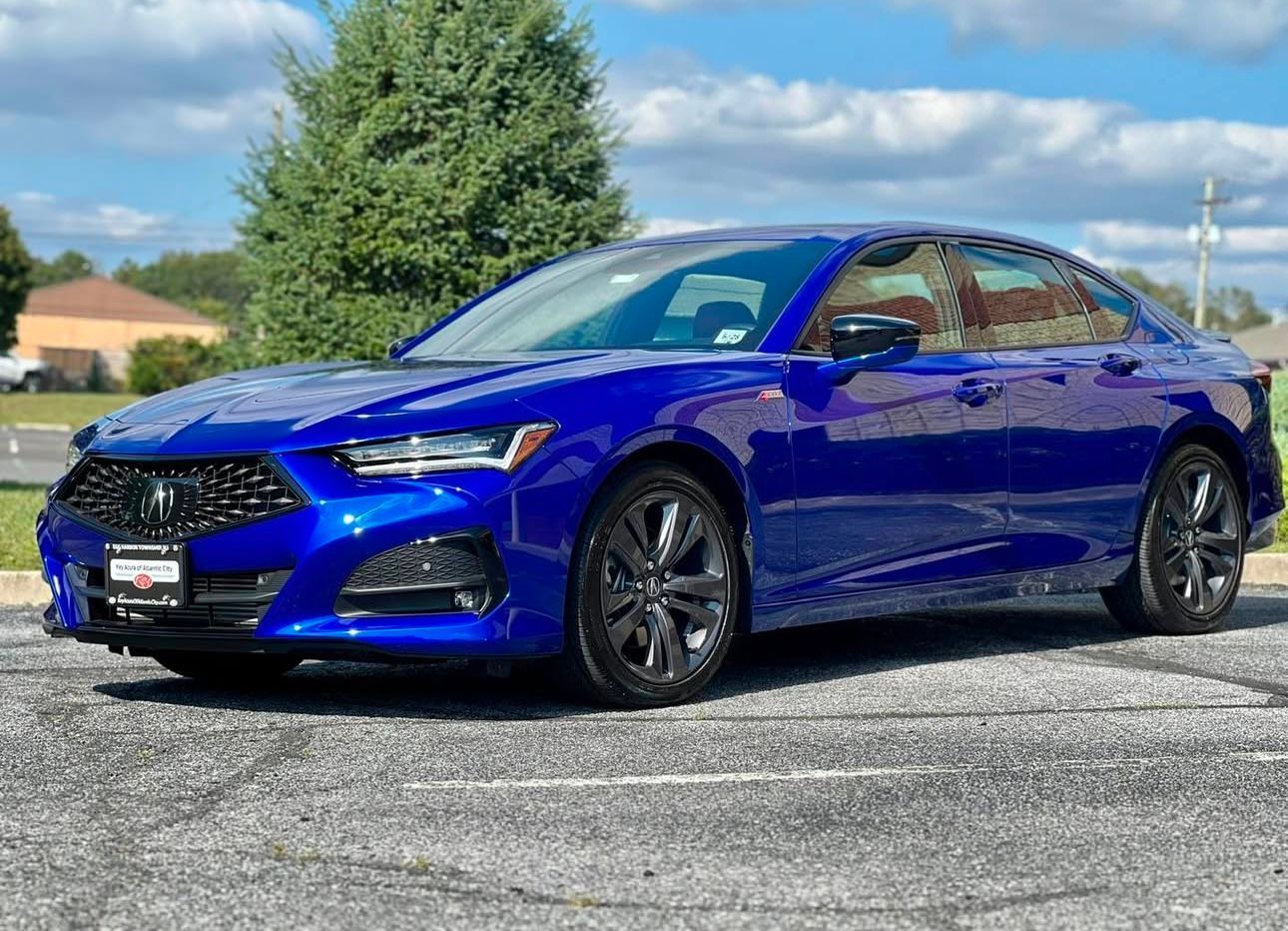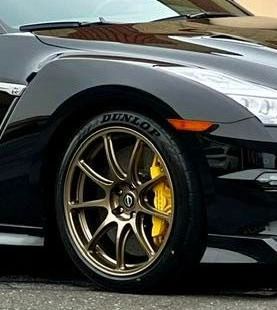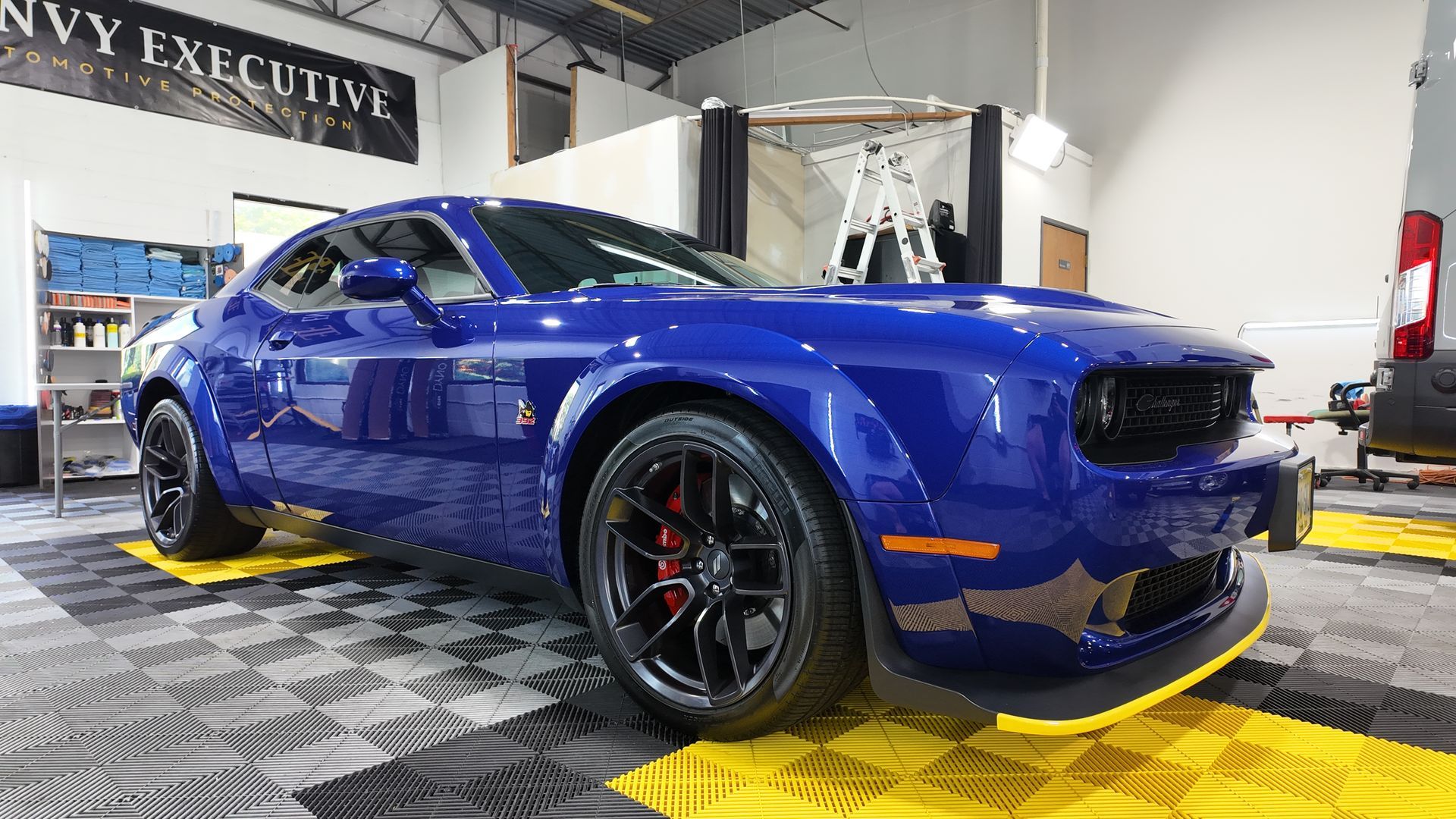DO NOT REPUBLISH - THIS SITE IS BEING RESTYLED (30MR)
- 407 Bloomfield Dr, West Berlin, NJ, 08091, United States
To schedule an appointment please contact us at (609) 534-7010 or click here.
Avoid Common Mistakes in Ceramic Coating Installation: Essential Tips for Success

Ceramic coating installation can feel like an intimidating journey for many car owners, especially with so much information out there. While ceramic coatings promise to shield your vehicle from minor scratches, UV rays, and harmful contaminants, improper installation can negate these benefits. At my first DIY installations, I learned that the product and application are both important. Using proper techniques can make the difference between a brilliant finish and a disappointing disaster. So, whether you’re a first-time user or someone looking to refine their skills, this guide will help you sidestep common pitfalls and ensure your ceramic coating shines bright for years to come.
Common mistakes to avoid in ceramic coating installation include poor surface preparation, applying the coating too thickly, using inappropriate cleaning products, and failing to cure the coating properly. For a durable and effective ceramic coating, it is important to clean and decontaminate surfaces completely, follow the manufacturer's instructions for application thickness, use the right pH-neutral cleaners, and stick to the curing times.
What is Ceramic Coating?
At its core, ceramic coating is a liquid polymer designed specifically for vehicles. When applied, it forms a permanent bond with the car's factory paint, resulting in a durable protective layer. Imagine this process as if you're wearing invisible armor that shields you from the harsh elements of daily driving—be it debris, chemicals, or even UV radiation.
In addition to protecting your vehicle, this polymer adds depth and gloss to its finish.
Researchers have found that ceramic coatings work. For example, vehicles that were treated with ceramic coatings had up to 50% fewer surface flaws than vehicles that were not treated. This staggering statistic underscores how essential these coatings can be for maintaining your car’s aesthetic integrity over time.
Benefits
The advantages don't stop at protecting against minor scratches and environmental damage; ceramic coatings offer remarkable hydrophobic properties, which means they repel water effectively. When rain hits a coated surface, beads form and roll away, preventing dirt and grime from sticking. Moreover, many users experience a significant ease in cleaning their vehicles; less scrubbing means less chance of minor scratching the paint, ultimately preserving that glossy finish.
In addition to famous products like CarPro Cquartz, Gtechniq Crystal Serum, and IGL Kenzo—which are celebrated for their longevity and performance—there is a range of other options available in the market tailored for varying budgets and needs. These brands have built reputations around offering exceptional gloss and resistance to contaminants.
While understanding what ceramic coating is and its benefits sets the foundation, achieving outstanding results hinges on avoiding key mistakes during installation. Transitioning into this practical realm ensures you maximize the potential of your protective layer while minimizing costly errors.
Proper Surface Preparation
Adequate surface preparation is crucial for a successful ceramic coating installation. You might think that simply applying the coating is enough, but without taking the necessary prep steps, all your efforts may go to waste. Upon beginning my exploration of ceramic coatings, I quickly realized the importance of attention to detail. We are discussing the distinction between a glossy finish that attracts attention and a dull coat that exposes flaws beneath.
Steps to Properly Prepare the Surface:
1. Thorough Wash
Begin with a meticulous wash using a pH-neutral shampoo mixed with a degreasing agent. This will not only remove road grime but also break down oily contaminants lingering on the surface of the paint. I always employ the two-bucket method: one bucket for soapy water and another for rinsing my wash mitt. This method effectively removes contaminants and avoids the formation of unsightly swirl marks on the finish of your precious vehicle.
2. Paint Correction
Once you've achieved a clean slate, it’s time to shift your focus to paint correction. Here’s where you need to carefully assess any minor scratches, swirl marks, or blemishes—these flaws can mar the beauty of your finished surface and may even be visible once your ceramic coat is applied. Depending on what you find, you can use specialized compounds and polishes tailored for such imperfections.
One piece of insider advice: don’t be too quick to skip this step! When I neglected paint correction in my earlier attempts, I regretted it when the imperfections shone through after applying the coating. Investing some time into making those panels look impeccable now will pay off abundantly in the long run.
Having ensured your surface is adequately prepared, it’s essential to transition into mastering the techniques that will guarantee an error-free application, keeping all your hard work intact.
Application Techniques to Avoid Errors
When it comes to applying ceramic coating,
precision is key. It's important not to overapply the product, but thickness isn't everything.
Control of how you apply the coating directly influences both its durability and performance. Imagine standing under the glorious sun with all your tools ready, only to find out later that you’ve baked in imperfections due to heat—serious bummer! Therefore, finesse in each step can lead to an extraordinary finish.
Control Thickness
Maintaining the correct thickness while applying the coating is essential in avoiding issues later on. Following the manufacturer's guidelines is not merely a suggestion; it is a
requirement. Each product may call for different amounts, and veering from those can lead to uneven curing or difficulties when it comes time to buff or even remove the coating if needed. Think of it like icing a cake; too much icing creates a chaotic mess rather than an appealing dessert. I recall reading about John from Reddit, who experienced streaking all over his vehicle after he disregarded this rule. His journey serves as a lesson that sometimes less truly is more.
- Apply in small sections (around 3’ x 3’) methodically.
- Use overlapping strokes—much like painting—to ensure consistency.
- Wait for the proper “flash time” until the coating takes on a hazy appearance before wiping away the excess.
Shade and Temperature
While control over thickness is crucial, environmental factors play an equally significant role during the application process. Applying ceramic coatings in direct sunlight or extreme temperatures can completely derail what could have been a perfect application. The UV rays can cause the coating to cure too quickly, leading to spots and blemishes that not only detract from appearance but also might compromise protective features.
Ideally, aim for a shaded area with moderate temperatures—between 65°F and 75°F—for optimal results. It’s not just about finding any shady spot; be particularly cautious about ambient air temperature because variations can influence how the product bonds with the vehicle surface.
Proper application sets the stage for success, yet understanding how curing times and conditions affect outcomes will truly refine your process and elevate your results.
Curing the Coating Correctly
The curing process is often an overlooked step when installing ceramic coatings, yet it holds significant importance for the longevity and functionality of the coating. This critical phase begins immediately after application and involves a few key best practices that can secure the coating's bond with the vehicle’s surface. Rushing through this period can lead to issues such as premature wear or even complete failure of the coating—something no car owner wants to face.
Best Practices for Curing
- Adhering to Curing Times: Each ceramic coating product comes with specific curing time recommendations. It is crucial to follow these guidelines rigorously. This may be anywhere from 12 hours to several days, depending on the brand and formulation. Failure to adhere to these times could result in a weak bond, making your vehicle vulnerable to environmental hazards.
- Environmental Protection: During the curing period, it's essential to protect the newly coated surface from all forms of contaminants—including dust, moisture, and harsh UV rays. To achieve optimal results, consider applying your ceramic coat in an indoor setting like a dust-free garage. If that isn't possible, cover your vehicle with a breathable car cover to shield it against unwanted particles while allowing moisture to escape.
Additionally, it's important to keep away from any heavy rainfall or even dew that might settle overnight during these initial curing days. Moisture can interfere with the bonding process, weakening the protective layer you're striving to establish.
As Mike Phillips emphasizes in his video tutorials, "Taking shortcuts during the curing process opens doors for regrets later; don’t rush it!" This wisdom rings true; patience is not just a virtue but an absolute necessity here.
Having established proper curing practices, it's now time to explore various material challenges that can arise and how proactive measures can enhance your vehicle's maintenance strategy.
Preventing Common Material Issues
Even the best installations can result in unexpected outcomes if the right precautions aren't taken. One of the main culprits behind these mishaps is the choice of cleaning products. When caring for a ceramic-coated surface, using inappropriate cleaners or tools can lead to serious damage. Abrasive pads or harsh chemicals can easily minor scratch or compromise the integrity of the ceramic layer, making it essential to prioritize which items you use for maintenance.
Preventative Measures
First and foremost, choosing the right cleaners can significantly influence how well your coating holds up over time. Always
opt for pH-neutral or mild cleaners specifically designed for coated surfaces; it's a straightforward yet effective measure. Products such as
Gyeon Q²M Bathe+ or
Koch Chemie NanoMagic Shampoo are excellent choices, as they work harmoniously with your ceramic coating without weakening its structure. Using these specially formulated cleaners not only ensures that you’re treating your coating with care but also enhances its longevity.
In addition to selecting suitable cleaning solutions, another important factor lies in the type of buffers and pads you use during application and maintenance.
Choosing the Right Cleaners
The selection of buffer pads plays a pivotal role in preserving your ceramic coating. It's crucial to steer clear of abrasive buffer pads that can leave unsightly minor scratches on your coating. Instead, look for
soft, non-abrasive pads that will provide effective cleaning while ensuring the surface remains intact. Remember, it’s akin to choosing a gentle touch over aggressive scrubbing—your coating deserves only the best treatment.
By implementing these preventative measures and being mindful of your cleaning practices, you position yourself for expert-level results and extended protection for your ceramic coatings. Regular checks of your tools will keep you one step ahead, allowing you to spot potential problems before they escalate.
With this foundation laid out, let's shift our focus to additional insights that elevate your experience with ceramic coatings, ensuring they maintain their brilliant finish.
Expert Tips for Long-Lasting Results
Implementing a few expert tips can significantly improve the condition of your ceramic-coated vehicles. Regular maintenance is essential if you want the protective layer to perform as designed. Every time I wash my car, I remember how vital it is to maintain that ceramic coating, as it aids in preserving the vehicle’s shine and durability against environmental damage.
Step-by-Step Guide
One important guideline I’ve adopted is to conduct regular maintenance washes using the two-bucket method. This system reduces the possibility of surface minor scratches during the washing process. In one bucket, fill it with soapy water, while the other holds clean water. Rinse your mitt in the clean water before dipping back into the soapy solution. A grit guard placed in both buckets can help ensure that any dirt settles at the bottom, leaving your wash mitt free from contaminants. This meticulous care keeps your ceramic coating pristine and effective.
Moving beyond simple washes, consider scheduling biannual inspections tailored to your vehicle's specific needs.
During these inspections, be on the lookout for signs of wear or contamination on the coating. To be proactive, check for reduced water beading or diminished gloss—both indicators that your coating needs attention. Such vigilance not only prevents more serious issues later but also reassures you that your vehicle is protected from factors that could compromise its appearance.
Use of Maintenance Boosters
In addition to washing and inspecting your vehicle, I cannot emphasize enough the importance of utilizing maintenance products like ceramic coating sprays. These specialized sprays boost hydrophobic properties and enhance gloss without damaging the existing coating. They act as helpful supplements between regular washes and can easily be integrated into cleansing routines when you notice that your car isn't gliding through rain as effortlessly.
It’s clear that following these steps prolongs the life of your ceramic coating and ensures that your vehicle remains stunningly brilliant through all weather conditions.
For further insights and advanced techniques tailored just for your needs, don’t forget to visit Envy Executive Automotive Protection or call us at (609) 534-7010 for personalized assistance today!
Envy Executive CW Blog

You take pride in your vehicle. We understand that, which is why we offer the best protection for it. Our team of experts are licensed and certified to provide you with the best automotive detailing and protection services in the business. We want to make sure your car always looks its best – inside and out. Let us help you protect your investment. Our ceramic coatings and paint protection films will keep your car looking new for years to come. Schedule a consultation today and see how we can help you!
QUICK LINKS
Our Location
407 Bloomfield Dr, West Berlin, NJ, 08091, United States
We are located in Unit #5
Connect With Us
PHONE: (609) 534-7010
This website was designed by the team at
Detailers Roadmap, a platform developed for detailing operators across the globe.
All Rights Reserved | 8bitcreative, LLC | Envy Executive Automotive Protection



